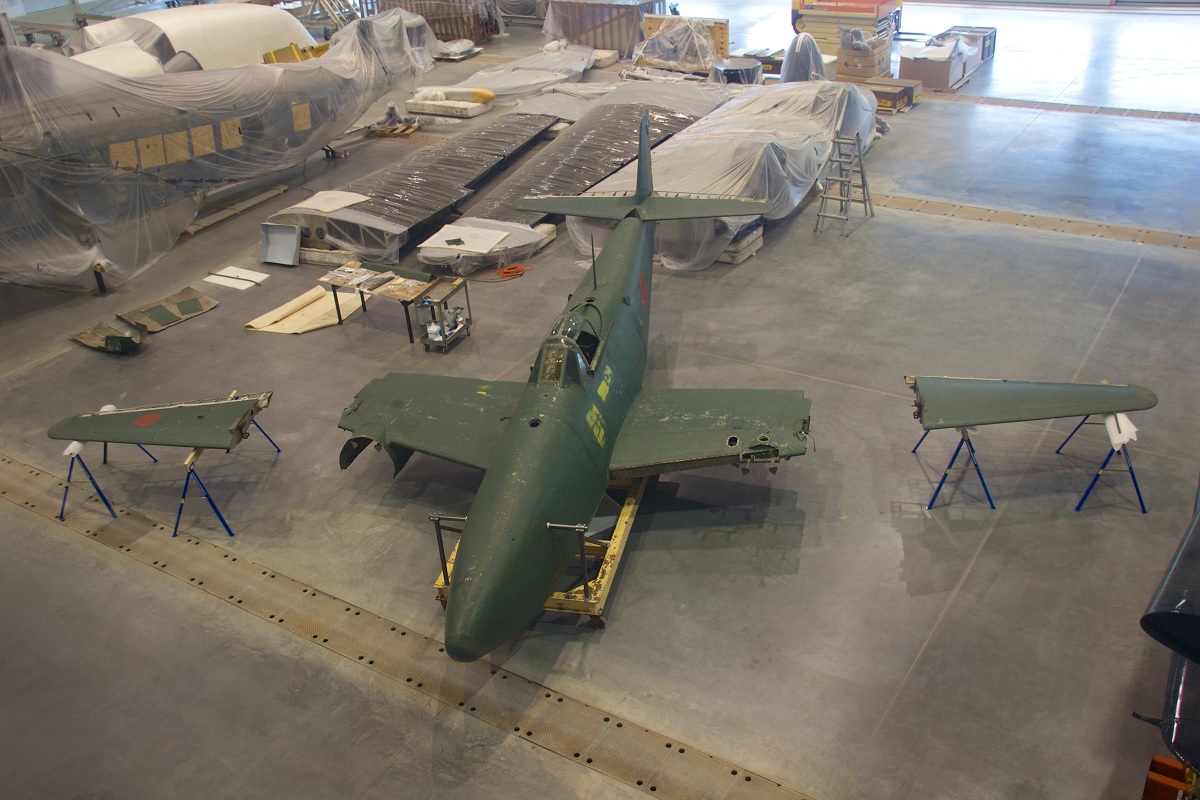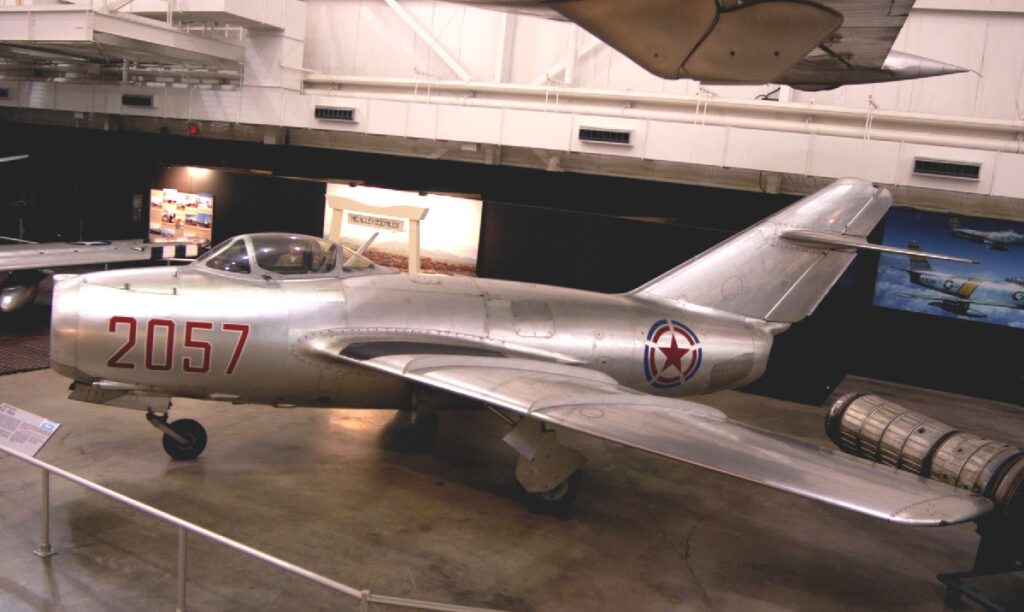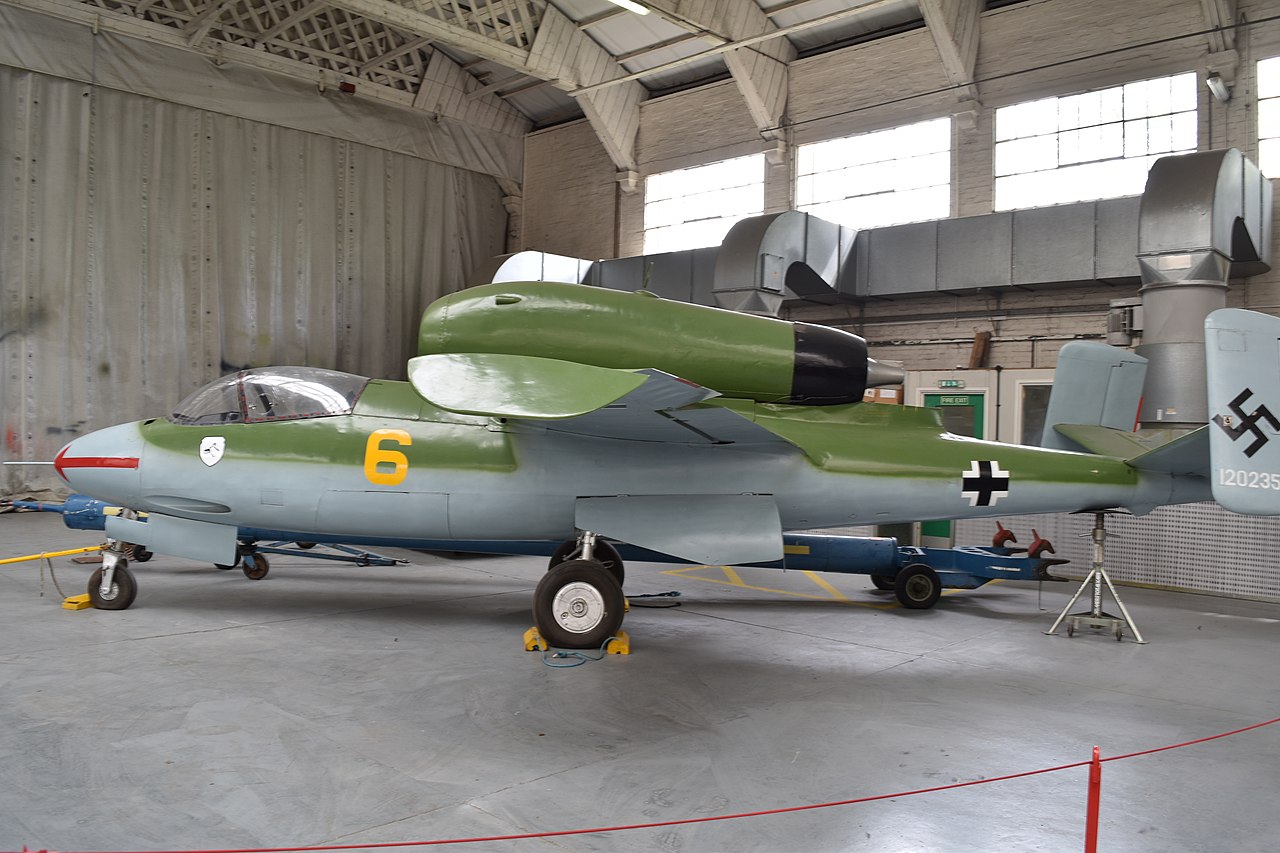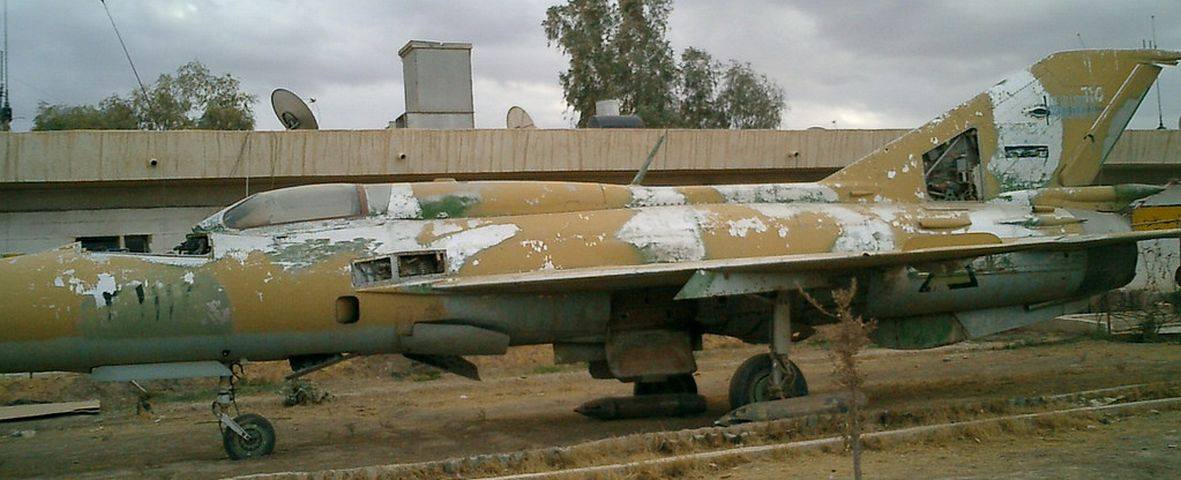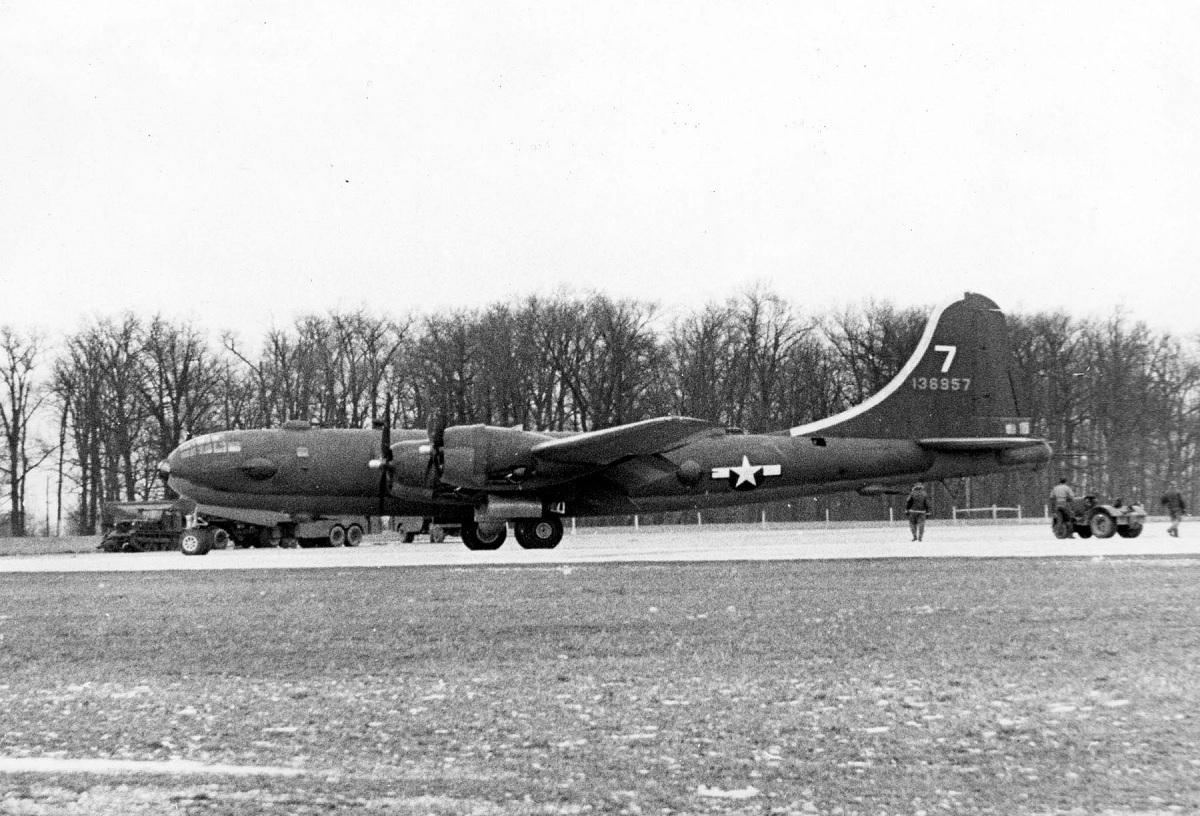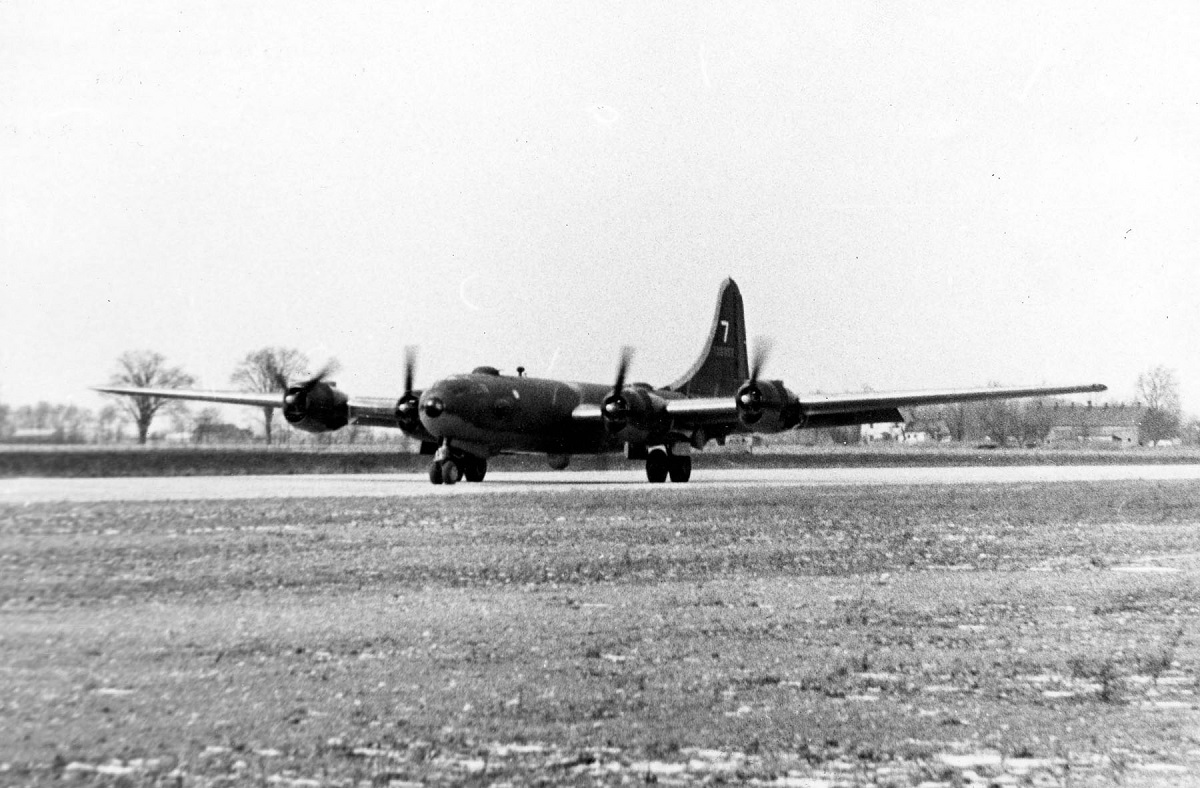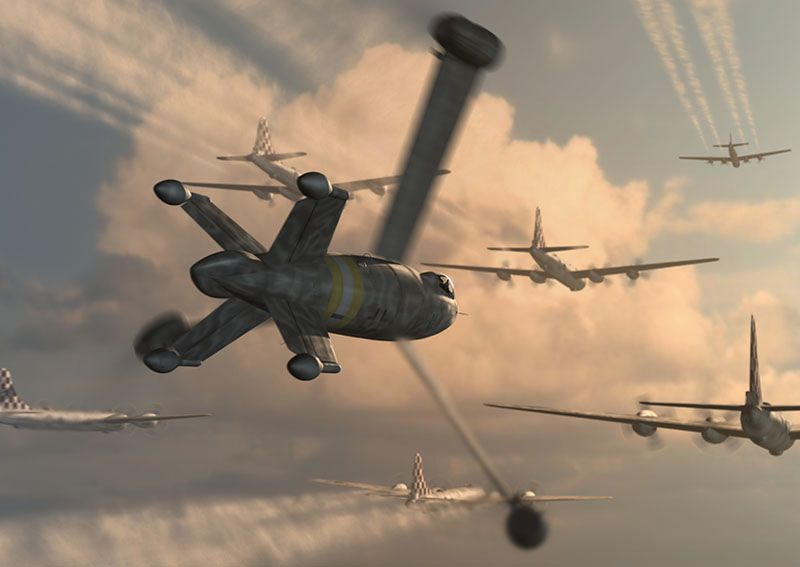The 2020 show season marked the end of the service life of the aircraft the team has flown for 34 years. The 2021 show season will be the Blue Angels’ first year flying the Super Hornet platform as well as the 75th anniversary of the team.
The US Navy Flight Demonstration Squadron, the Blue Angels, conducted a final flight on the F/A-18 A/B/C/D “Legacy” Hornets on Nov. 4, 2020. The final flight of the Legacy Hornets signifies the official transition of the Blue Angels to the F/A-18 E/F Super Hornet platform.
“We are incredibly honored to have the opportunity to salute those teams who have flown, maintained, and supported this platform for over three decades of service,” said Cmdr. Brian Kesselring, U.S. Navy Blue Angels commanding officer and flight leader, in the article Blue Angels Conduct Final Flight on Legacy Hornet Aircraft Marking Transition to Super Hornet. “We deeply appreciate the expertise and operational knowledge Blue Angels past and present have brought to the team and we look forward to enhancing our operations as we fully transition to flying the Super Hornet.”
The 2020 show season marked the end of the service life of the aircraft the team has flown for 34 years.
The F/A-18 Hornet became the US’s first all-weather fighter and attack aircraft and was designed for traditional strike applications such as interdiction and close air support without compromising its fighter capabilities. The Hornet demonstrated its capabilities and versatility early in its lifecycle during Operation Desert Storm, wherein the aircraft shot down enemy fighters and bombed enemy targets within the same mission, proving its lethal effectiveness as a strike fighter. Hornets taking direct hits from surface-to-air missiles, recovering successfully, being repaired quickly, and flying again the next day further cemented the robustness and survivability of the aircraft.
The F/A-18 Legacy Hornet performed the final active-duty flight for the US Navy on Oct. 2, 2019, at Naval Air Station (NAS) Oceana but remains the workhorse of Marine Corps tactical aviation, and supports operational deployments around the globe. It will serve as the Marine Corps’ primary bridging platform to the F-35 Joint Strike Fighter until its planned sundown in 2030.
The 2021 show season will be the Blue Angels’ first year flying the Super Hornet platform as well as the 75th anniversary of the team.
“Undoubtedly, 2020 presented the team with unprecedented challenges. That said, the unique nature of this year also allowed our team to deepen our interaction with past teams, in particular, those teams that transitioned to new aircraft during their tenure,” said Kesselring. “This engagement has helped us lay the foundation for a safe and effective transition for our team’s pilots, support, and maintenance personnel as well as postured us to take on the high operating tempo of the team’s highly anticipated 2021 air show season and 75th anniversary.”
The final flight took off and landed at NAS Pensacola lasting approximately 30 minutes.
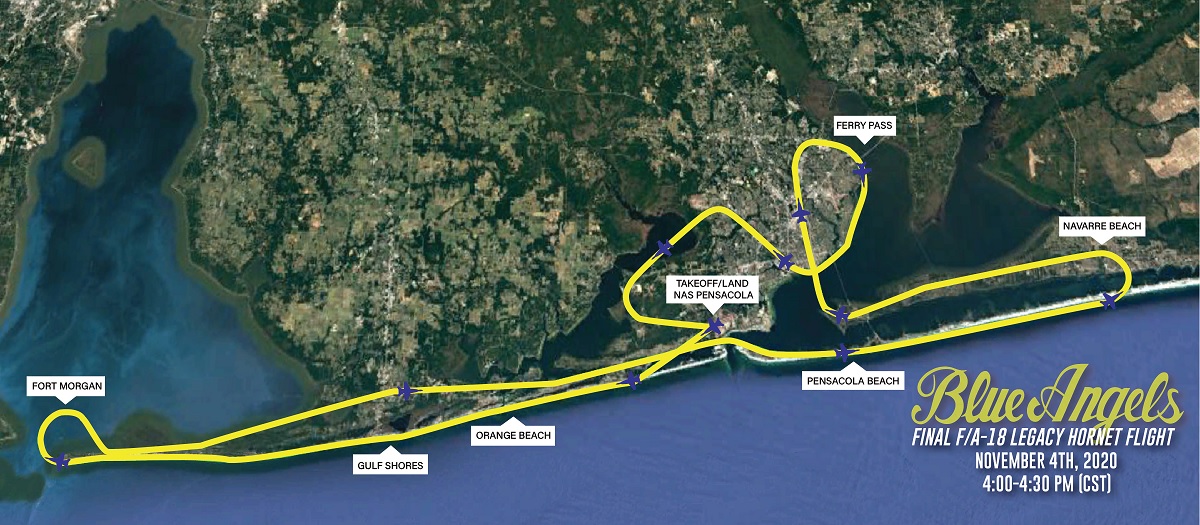
Flyover locations included:
- Orange Beach
- Gulf Shores
- Fort Morgan
- Ferry Pass
- Navarre Beach
- Pensacola Beach
- Perdido Key
- Community Maritime Park
- Palafox Street in downtown Pensacola
The Blue Angels are scheduled to begin their winter training syllabus over NAS Pensacola beginning Nov. 16. The team will return to its winter training facilities in El Centro, CA in January. Training will continue through April in preparation for the 2021 show season.
The mission of the Blue Angels is to showcase the teamwork and professionalism of the United States Navy and Marine Corps by inspiring a culture of excellence and service to the country through flight demonstrations and community outreach. Since 1946, the Blue Angels have performed for more than 500 million fans.

Photo by US Navy




